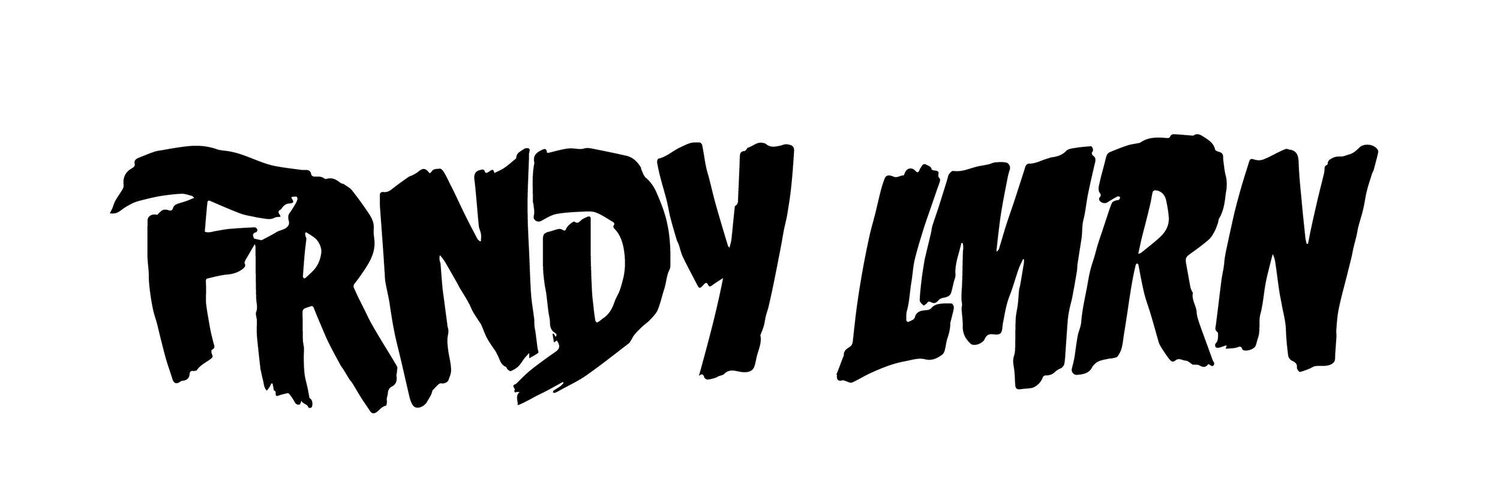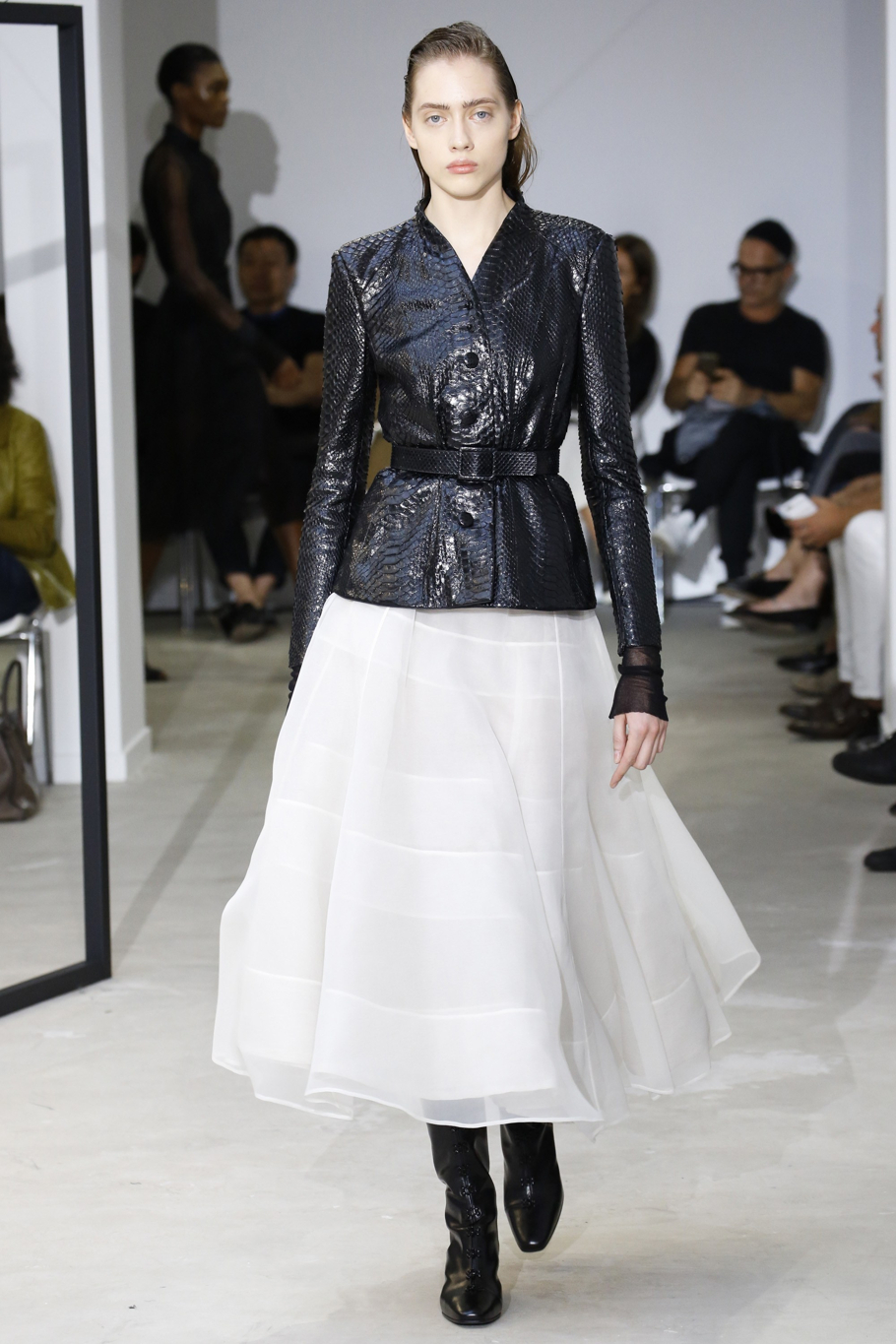Olivier Theyskens' Individual Path
Olivier Theyskens recently showcased his second runway collection in Paris since re-launching his eponymous label and it was truly a sight for sore eyes. Though the previous collection was stronger, there was something profoundly refreshing about seeing someone of enormous talent pursue his own design ends, without feeling the need to latch on to the latest trends kicking around. It lacked some of the sharp editing of his prior outing, with silhouettes that seemed a bit disjointed from one look to the next and was perhaps poorly sequenced, but it did little to ruin the pleasure of the whole exercise.
Theyskens is only 40 years old but has already enjoyed a meteoric career. He dropped out of design school in his native Belgium in 1997 to start a label that quickly garnered massive attention and the approval of many of fashion’s most powerful, namely Anna Wintour. The label operated for a few years before shuttering around the same time Theyskens began designing for the Parisian house Rochas. There he further cemented his aesthetic codes of strict leather and wispy feathers that bordered on the sculptural.
Olivier is perhaps best remembered for his years at Nina Ricci, which he revived through acclaimed shows and partnering with Reese Witherspoon for many red carpet appearances. A short tenure with Theory in New York followed before he disappeared only to eventually self-finance his return.
A great designer has trademarks that go beyond the surface and Theyskens has them in abundance. Olivier's sense of fit is uniquely his with a softly draped bust and slim, elongated waist that never looks tight or restrictive, as exemplified by superb high-neck jackets in inky hues and flowy satin dresses. He also has a unique way of combining hard and soft elements, like the black patent python jacket over a bouncy white silk skirt in last season’s show. There is always a dark sense of romance with Victorian touches that read as mysterious and sensual in a manner that never feels overly reverential.
I don’t advocate for every design student to launch her own label straight out of school, but it is wonderful to witness a revival that isn’t trying to conform to the heritage of a house whose founder is long dead. Was it Theyskens’ best work ever? Perhaps not, but it was exemplary nonetheless and remained above the fray for its ability to look within.
Written by Martin Lerma





